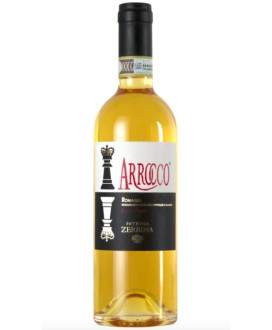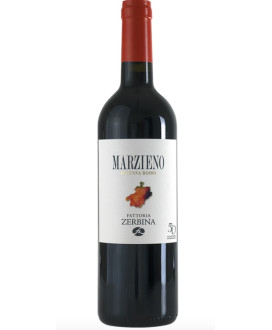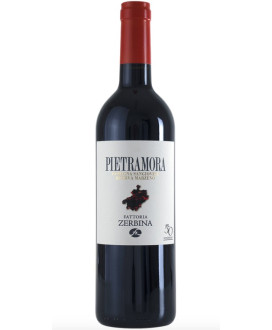Equally innovative was the approach to Albana. Cristina Geminiani decided to try, with Scaccomatto, the process of noble rot in the grapes and of harvesting in the styles of Sauternes. A brave choice, which required sacrifices and dedication, rewarded by remarkable success beginning with the first vintages of Scaccomatto. Since 1992, the knowledge and experience to manage the development and selection of noble rot were consolidated, as well as the risk and the psychological stress that this kind of harvest brings with it.
At the same time the Marzieno project was introduced with a wine created as a blend of Sangiovese and Cabernet Sauvignon, which in the last six vintages has won numerous awards. In these later vintages a studied control of the final blend has been carried out, using variable percentages of Merlot and Syrah from year to year.
The presence of Ancellotta, a traditional vine of the hills that was often used casually, became the object of special attention by the winery, so much so that it is considered, with a certain presumption, our “Petit Verdot.”




